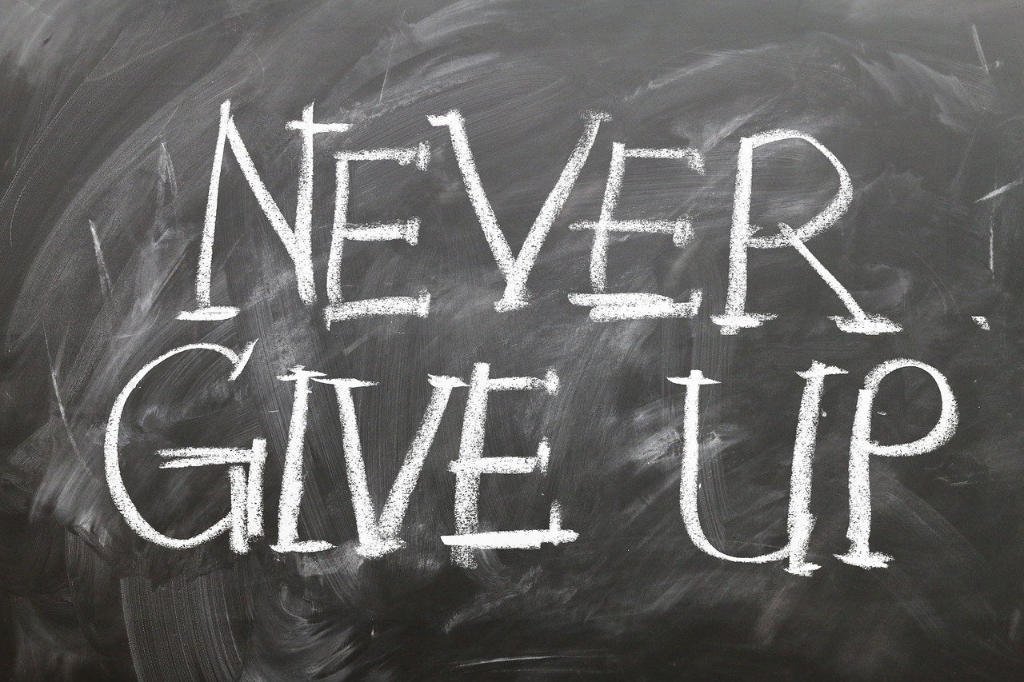
Image via Freepik
Everyone’s hunting for balance, spark, or escape (sometimes all at once). Hobbies offer a strange kind of alchemy: the ordinary becomes fulfilling, the simple becomes purposeful. They’re not just pastimes; they’re portals. Whether you’ve never picked one or just haven’t picked one up in a while, now’s a good time to start. Let’s dig into seven types of hobbies, each with real entry points and why they matter more than you think. And yes, two of them will show you how your hobby might also earn you a living.
When Art Becomes the Escape Plan
There’s something grounding about art that starts without pressure. Don’t overthink it. Just grab old receipts, magazine cutouts, maybe that napkin with the scribbled quote, and start to turn found scraps into collage art. The act doesn’t need to be pretty, just real. Collage is one of those sneaky art forms that thrives on imperfection and materials you already have. From there, it’s a short hop to painting, zines, or even digital mashups. Want structure? Create “morning pages,” or fill a notebook with three daily creative bursts (e.g., doodles, words, colors). The point isn’t mastery. It’s movement. And creative movement always leaves a trace worth following.
Moving Because It Feels Good
Not everyone wants to “work out.” That’s fine; ditch the terminology. Think movement instead. Start small and personal: a walk timed to your favorite podcast, stretching during commercial breaks, or dancing while the coffee brews. Want more structure? Try martial arts or climbing gyms where repetition meets ritual. Physical hobbies don’t have to be punishing to be effective. It turns out that when people choose joy‑filled physical hobbies like dancing, hiking, or even roller skating, they’re more likely to stick with them. Why? Because enjoyment sustains action. And in the end, consistent motion beats short-lived intensity every time.
Giving Your Brain Something to Grip
Your brain wants friction. It loves the jolt of newness, the grip of a good puzzle, the sting of a hard question. Intellectual hobbies don’t have to mean burying your face in academic journals. They can be music theory, chess apps, fiction writing, or Duolingo streaks that feel like rebellion against the scroll. If you’re chasing depth, not just dopamine, challenge your brain with coding or music. These kinds of hobbies don’t just pass time; they rewire it. The more you feed your brain interesting problems, the more it gives back in focus, memory, and mood resilience.
Letting Lifestyle Become the Hobby
There’s magic in things that grow. Herbs in the kitchen window. Houseplants with names. Meals that begin with whole ingredients and end with friends at the table. Lifestyle hobbies often start as chores and end up as rituals. Take gardening, which is not about having a green thumb but observing slow, steady change. Even a small balcony box can yield flavor, rhythm, and calm. The beauty? You don’t need to be a plant whisperer to plant something green at home. Start with basil. Water. Wait. Watch. It’s more meditative than any app you’ve downloaded this year.
What Happens When Hobbies Grow Up
For some, hobbies don’t stay hobbies. They evolve. Writing turns into content marketing. Photography becomes client work. Strategy becomes business coaching. If you’re leaning this way, consider leveling up with an online bachelor’s in business. Why? Because your passion deserves a structure that sustains it. Knowing how to price your work, pitch your value, and protect your time can be the difference between burnout and momentum. Think of it as the backend of your creativity, the scaffolding that lets your work climb higher without collapsing under weight.
When Art Doesn’t Need to Starve
The starving artist narrative is outdated. What’s real now is the creator economy, the digital patronage boom, the micro-brand that builds one loyal fan at a time. If you’re a visual artist or creator still hoarding work in the dark, it might be time to build something profitable. That doesn’t mean selling out. It means recognizing that value deserves visibility. You don’t need 10,000 followers, just ten clients who respect your voice. With the right platforms, payment systems, and audience alignment, your hobby becomes an income stream that doesn’t dilute your identity.
The Kind of Joy That Echoes
Some hobbies don’t fit neatly into categories. They live at the intersection of joy and healing. Woodworking that calms anxiety. Journaling that clarifies decisions. Hiking that doubles as therapy. There’s growing evidence that hobbies power mind‑body balance by lowering cortisol, improving sleep, and boosting memory. But most of us don’t need studies to prove it. We feel it. When a hobby clicks, it untangles. You come back clearer. You show up better. Not every practice is self-care. But hobbies that resonate? They’re something close.
Your Life Might Be Waiting in That First Step
Don’t wait for burnout to start exploring. Don’t wait for the perfect tools or free time. Pick one thread (any thread) and pull. Follow curiosity like it owes you something. Because it does. A good hobby interrupts the script you’ve been handed. It inserts awe, autonomy, and play. Whether you’re painting with scraps, learning piano, or cooking your grandmother’s recipes, that’s not just self-improvement. It’s self-return. You don’t need to monetize every interest. But you do need to honor them. That’s the whole point. And maybe, the whole plan.
Discover the power of art with a purpose at Artsefact—where every purchase supports wildlife conservation and inspires change. Explore our collection today and join a community dedicated to making a difference!


